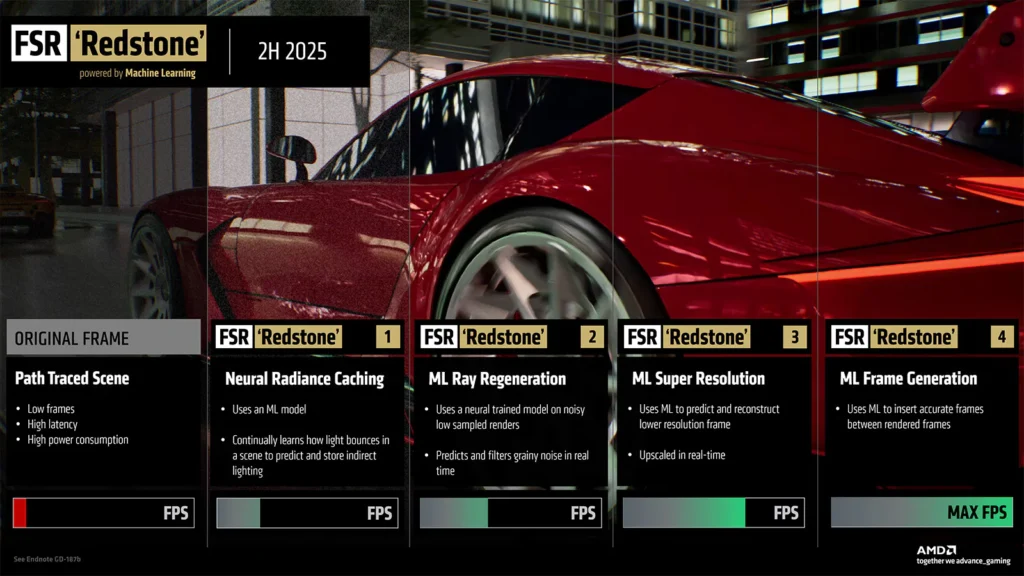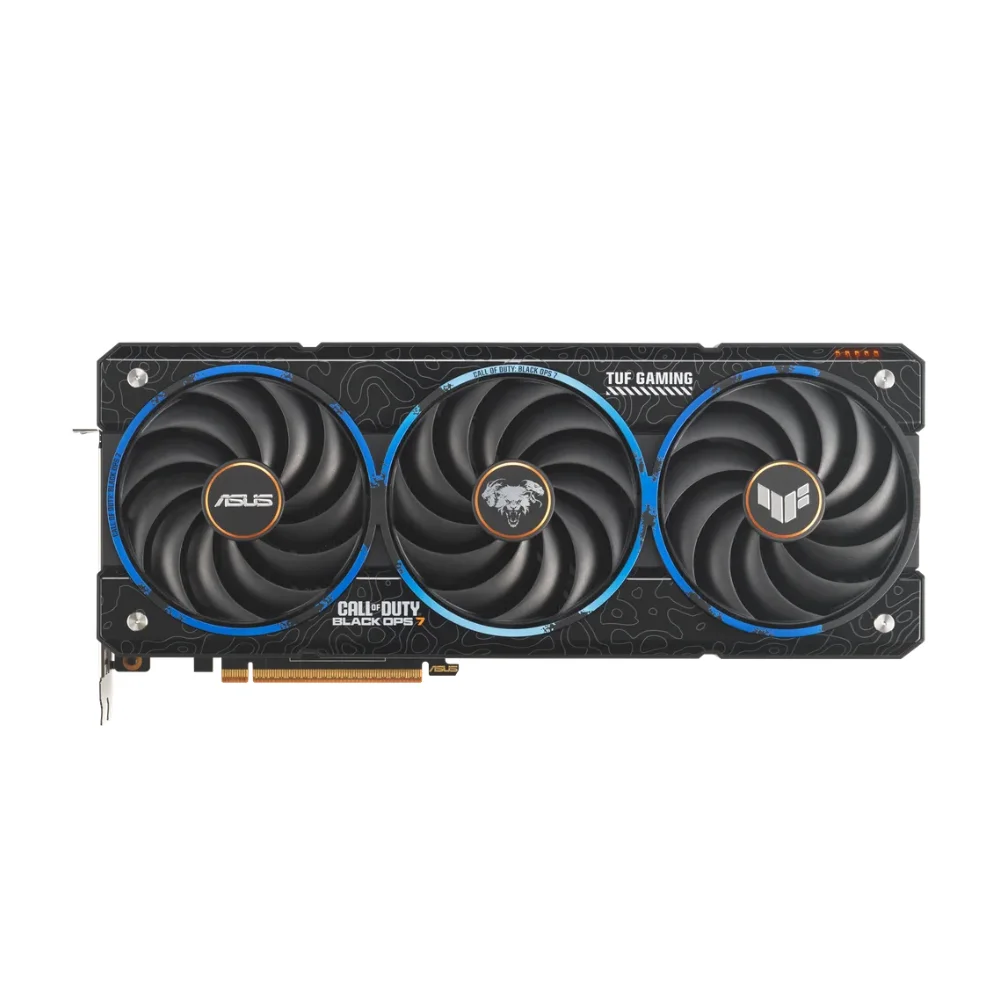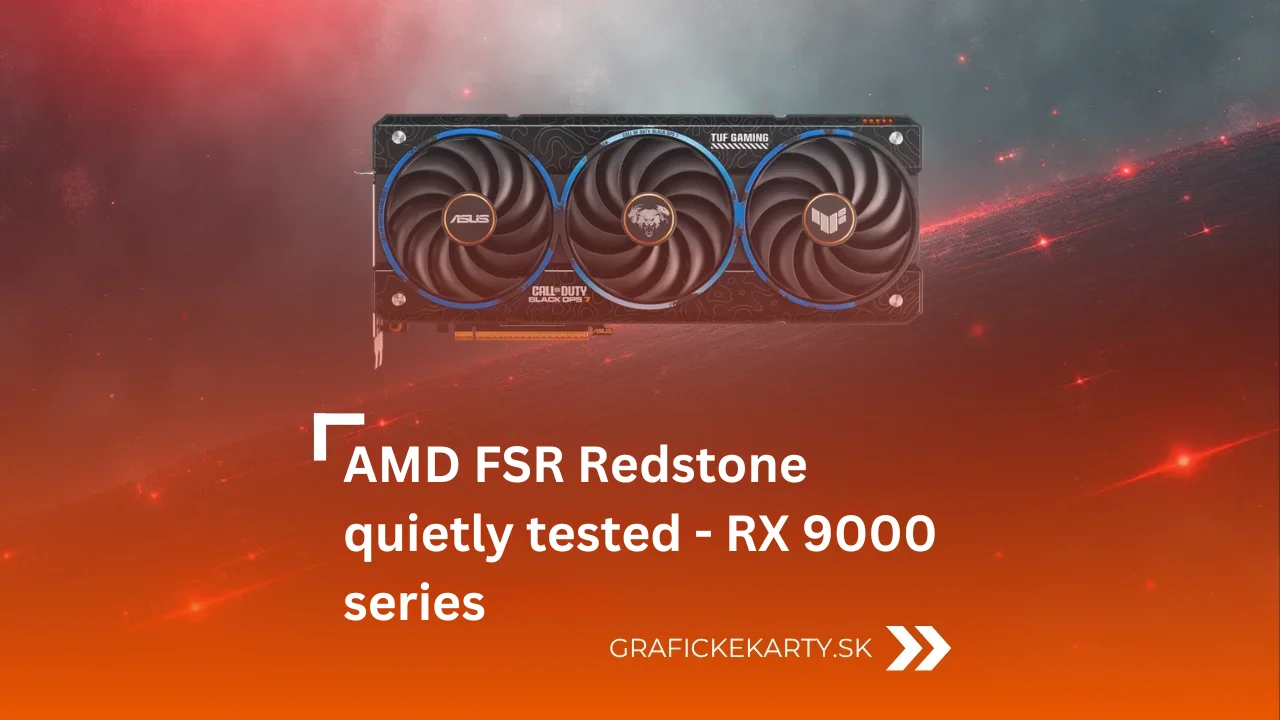AMD FSR Redstone technology has become an interesting surprise this year in the upscaling segment. AMD first unobtrusively launched its feature directly in Call of Duty: Black Ops 7, where it arrived as an exclusive option for Radeon RX 9000 series graphics cards. Now, however, the company is gearing up for the big unveiling of the full Redstone generation, which will take place on December 10. It’s a move that signals AMD’s intent to enter the era of AI-accelerated graphics technology in a more significant way, and take its upscaling to a whole new level.
First deployment of AMD FSR Redstone in Call of Duty Black Ops 7
Gamers first encountered AMD FSR Redstone before AMD had a chance to officially introduce the technology. Redstone debuted in Call of Duty: Black Ops 7, where AMD enabled the Ray Regeneration feature for users of Radeon RX 9000 graphics. The move acted as a silent test of the next-generation FidelityFX in one of the most popular gaming franchises of our time.
Initial reactions have shown that AMD is moving away from traditional shader methods and towards a technique that resembles NVIDIA’s approach with DLSS 4. The redstone is meant to reduce noise in ray-traced scenes, increase detail clarity, and keep images more stable during fast camera movements. Redstone features.
Exclusive to the Radeon RX 9000 series
It’s no coincidence that FSR Redstone works exclusively on Radeon RX 9000 for now. This is the first generation Radeon ready for AI-driven reconstruction techniques and improved handling of motion and depth data. AMD is thus making it clear that Redstone is no mere FSR 3.1 update, but a new direction that will require broader support in the GPU pipeline.

The exclusivity for the RX 9000 is unlikely to be permanent. History shows that AMD always extends FSR to older generations and other brands. However, in the early months, the company wants to maintain an edge on its own cards, especially at a time when NVIDIA is pushing DLSS 4 and Intel is preparing the next version of XeSS.
Expectations ahead of the official AMD FSR Redstone unveiling
The December 10 presentation is expected to detail the full AMD FSR Redstone release, which is expected to push both image quality and performance in modern games. AMD will apparently show demos at various resolutions, tests in demanding ray-tracing scenes, and comparisons to older generations of FSR. AMD FSR Redstone may also introduce a form of integration with AFMF (Fluid Motion Frames), giving AMD a combination of upscaling and frame generation similar to competitors’ solutions.
AFMF (Fluid Motion Frames) is a technique for generating additional frames between the original frames, which visibly increases image smoothness without the need for higher hardware performance.
It will be particularly important if AMD confirms the presence of neural reconstruction techniques, which have become a major trend in graphics technology in the last year. Both NVIDIA and Intel are already using them, and AMD needs its own answer to remain part of the evolution, not just an alternative for broad compatibility.
How FSR Redstone can impact the market
Game studios today need upscaling as a key part of every release. Ray tracing without reconstruction techniques ceases to make sense, and gamers expect performance acceleration even in titles that work with complex geometry and high amounts of lighting effects. FSR Redstone may be the moment when AMD finally offers a solution that is not just an open-source alternative, but a full-fledged competitor to the best technologies on the market.
If Redstone succeeds, RDNA 4 may gain an edge in 1080p and 1440p gaming, where gamers are dealing with every single FPS. It can also ensure that games are not only optimized for DLSS and XeSS, but also for AMD’s new solution.
Conclusion
AMD FSR Redstone acts as the biggest step in the history of AMD upscaling. After the initial deployment in Call of Duty, we are now waiting for the full reveal that will determine if AMD can keep up with the rapid development of AI-accelerated technologies. One thing is clear: FidelityFX is morphing into something more ambitious, and AMD wants to be ready for the next generation of gaming where perfect image reconstruction will not be an add-on, but the standard.

AMD Radeon RX 9000 Series graphics cards deliver modern performance, high efficiency, and next-gen AI enhancements, including the upcoming FSR Redstone technologies.
